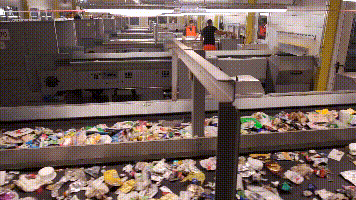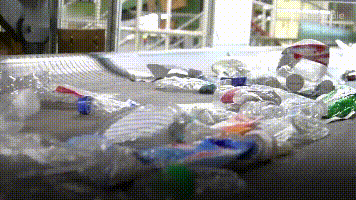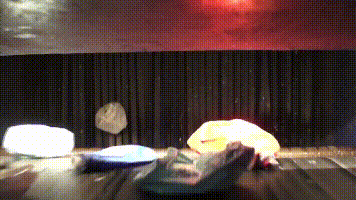RDF Manufacturing Process solutions
The RDF (Refuse Derived Fuel) manufacturing process is a sophisticated method that transforms solid waste into high-energy RDF pellets. This sustainable approach to waste management not only reduces landfill usage but also provides an alternative fuel source for various industries. Our process integrates advanced technologies and meticulous steps to ensure efficiency, quality, and environmental compliance.

Manual Sorting Solutions
For countries with low labor costs, a combination of mechanical and manual sorting can be used, which is a cost-effective waste sorting and recycling solution.
Read More
AI Robot Sorting Solutions
The artificial intelligence sorting robot with autonomous learning can practice and accumulate sorting data. It can effectively sort various high-value recyclables.
Read More
Optical Sorting Solutions
Optical sorter is a automatic sorting device based on sensors, high-speed ejector valve has large processing capacity. It is a good choice for bulk handling project of waste recycling.
Read More


